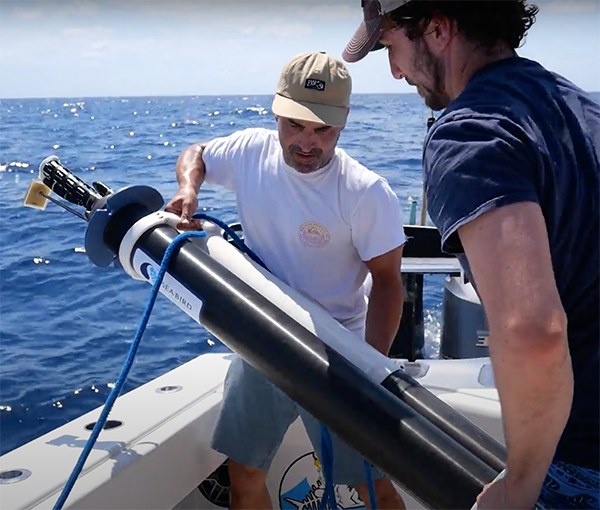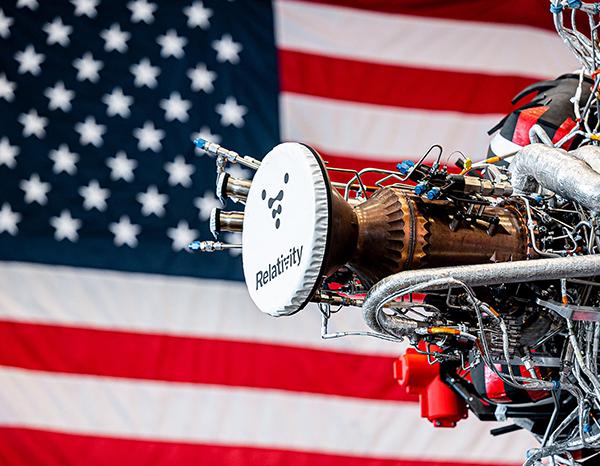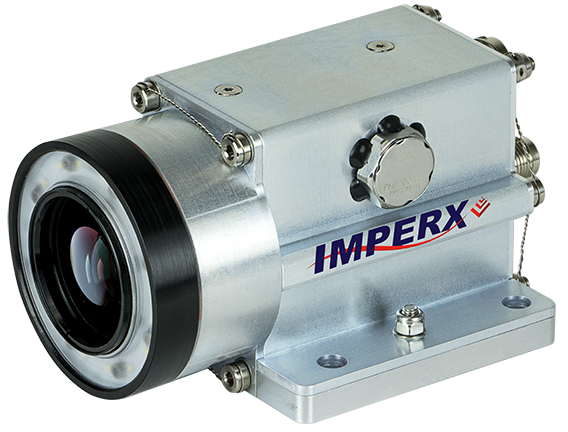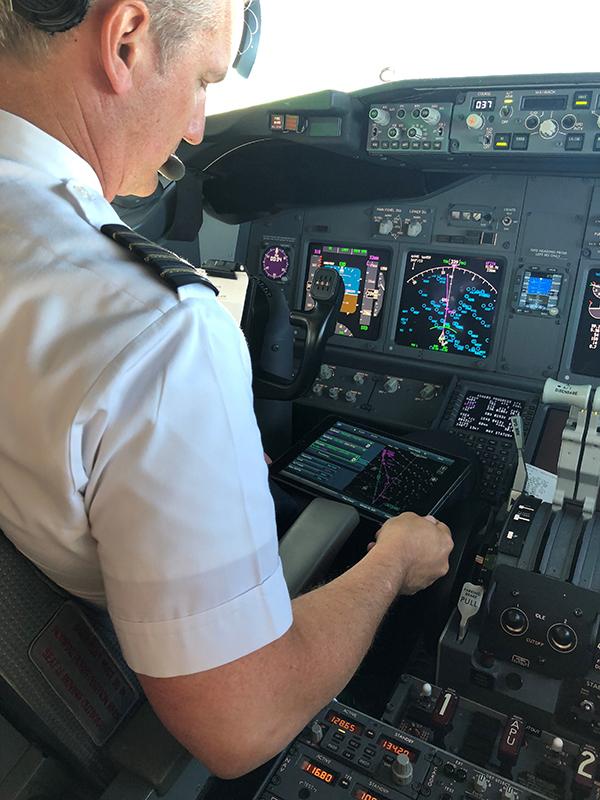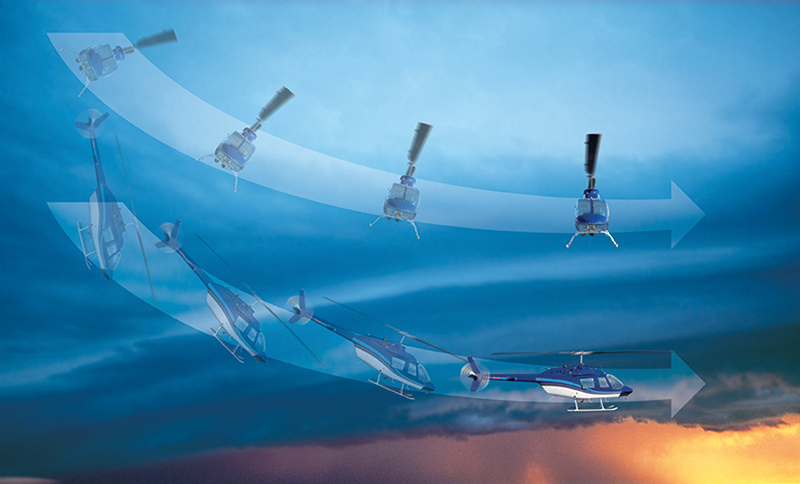
Advanced Control System Increases Helicopter Safety
Originating Technology/NASA Contribution
For over 30 years, NASA and U.S. Army engineers have worked together at Ames Research Center to make rotorcraft fly more quickly, quietly, and safely in all kinds of weather. Development of new technologies for both military and civil helicopters, tiltrotor aircraft, and other advanced rotary-wing aircraft has engaged disparate parties from all corners of the rotorcraft industry, the U.S. Department of Defense, and other government agencies. These programs have focused on all manner of helicopter components:
- Cockpit controls: Cockpit layout and design can profoundly affect the ease or difficulty of piloting a rotorcraft.
- Handling and performance: NASA and Army experts design flight control systems which make helicopters and other rotorcraft easier to fly using a full-motion simulator and actual aircraft.
- Noise: Most rotorcraft noise results from vibrating parts and the interaction of air vortices shed from the tips of the rotors. Researchers use wind tunnels to investigate ways to reduce noise.
- Speed and performance: Airflow around the fuselage and moving rotor blades is very complex. These complexities limit the helicopter’s speed in moving in different directions. Ames researchers use wind tunnels and computers to investigate ways to improve the airflow.
Particularly focused on safe rotorcraft operation, NASA’s Safe All-Weather Flight Operations for Rotorcraft (SAFOR) element of the Rotorcraft Research and Technology Base Program was specifically tasked with improving the safety of civil helicopter operations. SAFOR ran from 1999 through 2002 and focused on improving drive systems technology, flight control and guidance technology, and situational awareness and information display technologies.
The drive systems element sought to reduce the frequency and consequences of main and tail rotor, transmission, drive, clutch, gearbox, and drive system failures by improving reliability of drive systems. The flight control segment included work to reduce the frequency and severity of accidents due to loss of control, high workload, and exceeding vehicle limits. The situational awareness and information displays unit pursued reduced frequency and severity of accidents due to pilot error, inexperience, poor judgment, lack of situational awareness, and inadequate preparation. SAFOR led to many improvements in helicopter design and operation, some of which have already reached the commercial market.
Partnership
Hoh Aeronautics Inc. (HAI), of Lomita, California, was founded in 1988 and is dedicated to the analysis and development of conventional and advanced flight control systems and displays for fixed and rotary wing aircraft. HAI engineers also evaluate and develop handling qualities criteria, piloted simulations and flight-test programs, and computer-based training programs.
With support and funding from a Phase II NASA Small Business Innovation Research (SBIR) project from Ames, HAI produced a low-cost, lightweight, attitude-command-attitude-hold stability augmentation system (SAS) for use in civil helicopters and unmanned aerial vehicles (UAVs). The primary advantage of the SAS is that, by increasing helicopter stability and allowing hands-free operation of the aircraft, the system helps the pilot to accomplish divided attention tasks. SAS improves helicopter dynamics and enhances safety in low-speed and hovering maneuvers in degraded visual environments, and for Instrument Flight Rules (IFR) operations in forward flight. As opposed to Visual Flight Rules (VFR), IFR operation of the vehicle references only the instruments and Air Traffic Control, allowing operation in conditions that obscure the pilot’s view; most commercial air traffic operates exclusively under IFR.
The prototype helicopter autopilot/stability augmentation system, dubbed HeliSAS, weighed 12 pounds, significantly less than comparable systems, which can weigh over 50 pounds. HeliSAS proved its superior performance in over 160 hours of flight testing and demonstrations in a Robinson R44 Raven helicopter, one of the most popular commercial helicopters and a particular favorite of news broadcasting and police operations. The HeliSAS reduced pilot workload and increased safety by allowing hands-off flight, and as an added bonus, the system cost significantly less than current systems that perform the same functions.
- By offering significant stability and control improvements in a low-cost/lightweight system, HeliSAS promises many benefits in space, military, and civilian aviation applications, including:
- Improving the stability of light helicopters at an affordable cost without excessive weight penalty
- Increasing feasibility of low-cost UAVs
- Potentially developing dual-role, low-cost utility helicopter/UAVs, which can be flown with or without a pilot
Product Outcome
HAI developed HeliSAS into a superior stability augmentation system for light helicopters. With the push of a button, the HeliSAS converts the R44 Raven from an unstable aircraft with very light stick forces to a highly stable platform with enhanced control feel that provides force feedback to the pilot—in effect, HeliSAS makes the R44 feel like a much larger, more stable helicopter. With the system engaged, it is possible for the pilot to remove his or her hand from the cyclic to fold charts or perform other cockpit duties, and the R44 has been demonstrated to hold attitude indefinitely with the HeliSAS engaged. A full autopilot option has been added, including altitude hold, heading select/hold, VHF Omni-directional Radio Range Localizer (VOR/LOC) track, Instrument Landing System (ILS) track, and Global Positioning System (GPS) steering.
Shawn Coyle, an instructor at the National Test Pilot School, a not-for-profit educational institute incorporated in California, and former Civil Aviation Authority certification pilot in Canada, conducted a flight evaluation of the HeliSAS, and the system has been featured in Helicopter World magazine’s “North American Special Report 2004” (published in the United Kingdom).
Chelton Flight Systems, of Boise, Idaho, negotiated with HAI to develop, market, and manufacture HAI’s HeliSAS autopilot system, and the product is now available as the Chelton HeliSAS Digital Helicopter Autopilot.
HeliSAS™ is a trademark of Hoh Aeronautics Inc.
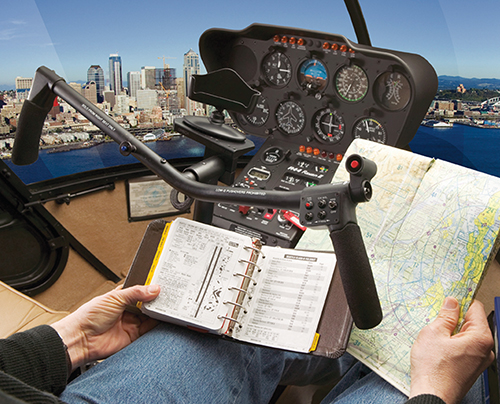
HeliSAS provides unmatched stability and ease of handling, including “hands near” operation while maintaining heading or navigation course and attitude—even during turbulent conditions.

Preset attitude retention limits in the HeliSAS prevent inadvertent cyclic inputs that could result in an unusual attitude.





